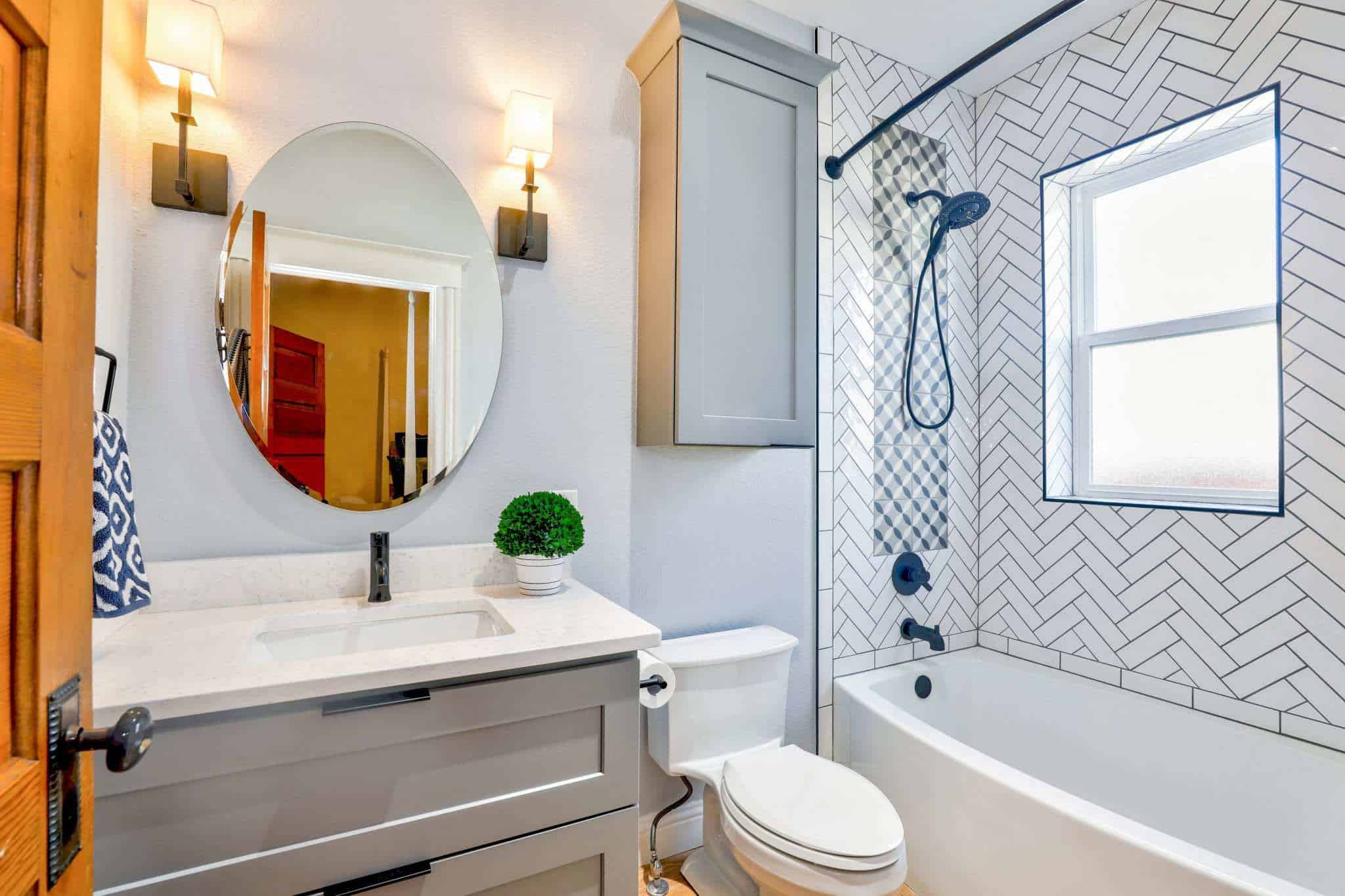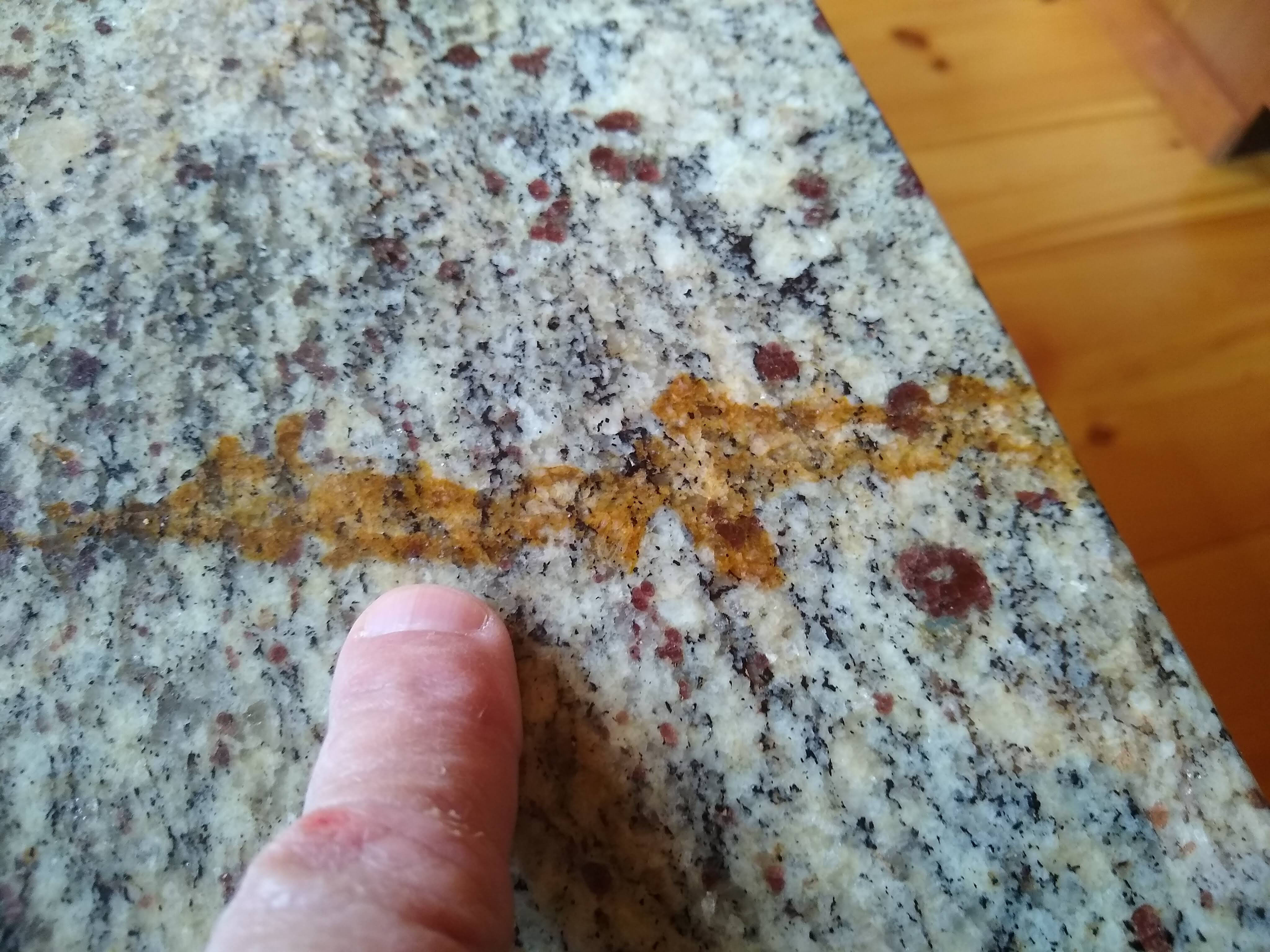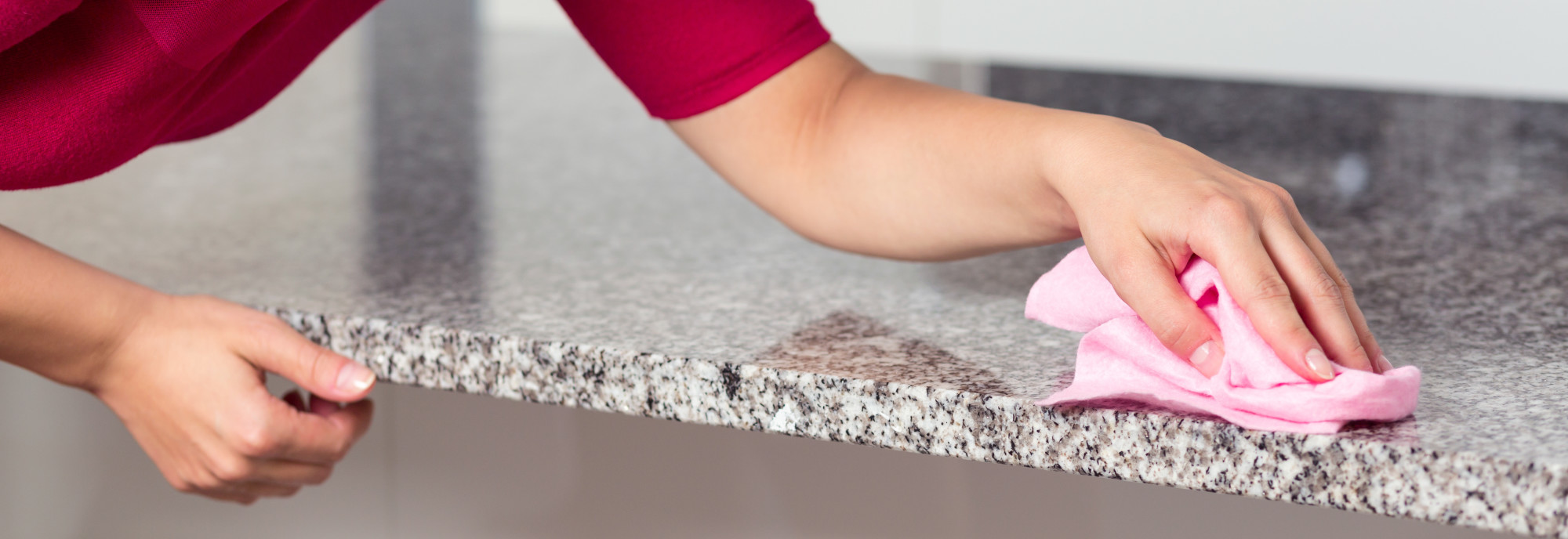Common Bathroom Countertop Materials

Bathroom countertops come in a variety of materials, each with its own unique properties and characteristics. Understanding the different types of materials can help you make an informed decision for your bathroom remodel.
Characteristics of Common Bathroom Countertop Materials, How to remove stains from bathroom countertops
- Granite: A natural stone known for its durability, scratch resistance, and heat resistance. Granite is also highly porous, making it susceptible to stains. Regular sealing is necessary to prevent staining. Cleaning granite countertops requires a mild cleaner and a soft cloth. Avoid using harsh chemicals or abrasive cleaners, as they can damage the surface.
- Marble: Another natural stone, marble is known for its elegance and beauty. However, marble is more porous than granite and more susceptible to stains. It is also softer and more prone to scratches. Marble requires regular sealing and cleaning with a pH-neutral cleaner. Avoid using acidic cleaners, as they can etch the surface.
- Quartz: A man-made material composed of crushed quartz crystals and resin. Quartz countertops are known for their durability, stain resistance, and low maintenance. They are non-porous, making them resistant to stains and bacteria. Quartz countertops can be cleaned with mild soap and water. Avoid using abrasive cleaners or harsh chemicals.
- Laminate: A budget-friendly option that mimics the look of natural stone. Laminate countertops are durable and easy to clean, but they are not as scratch or heat resistant as other materials. Laminate countertops can be cleaned with a mild cleaner and a soft cloth. Avoid using abrasive cleaners or harsh chemicals, as they can damage the surface.
Understanding Stain Types: How To Remove Stains From Bathroom Countertops

Bathroom countertops are susceptible to various stains due to their constant exposure to water, soap, and other cleaning products. Identifying the type of stain is crucial for selecting the appropriate cleaning method and preventing further damage.
Common Bathroom Countertop Stains
Understanding the cause and formation of common bathroom countertop stains is essential for effective cleaning and prevention.
- Water Stains: These stains appear as whitish or grayish marks, often found on surfaces that are frequently exposed to water. They are caused by mineral deposits left behind when water evaporates. Water stains can be particularly stubborn on porous materials like natural stone.
- Soap Scum: This sticky, filmy residue is a combination of soap, oils, and minerals. It commonly forms in areas where soap is used frequently, such as around sinks and showers. Soap scum can be difficult to remove and can create a dull appearance on countertops.
- Hard Water Deposits: These stains appear as white, chalky buildup, often found in areas with high mineral content in the water. Hard water deposits are caused by the accumulation of calcium and magnesium minerals. They can etch and damage porous materials like granite and marble.
- Rust: Rust stains are reddish-brown marks caused by iron oxide, which forms when iron comes into contact with water and oxygen. Rust stains are often found on metal fixtures and can transfer to countertops, especially those made of porous materials.
- Mold: Mold stains appear as black, green, or gray spots, typically found in damp areas. Mold thrives in warm, humid environments and can grow on porous materials like grout and natural stone. Mold can cause health problems if not removed promptly.
Effective Stain Removal Techniques

How to remove stains from bathroom countertops – Tackling bathroom countertop stains can be a challenge, but with the right knowledge and techniques, you can effectively restore their pristine appearance. This section will guide you through various stain removal methods, focusing on common countertop materials and stain types. Remember, always test cleaning agents on an inconspicuous area first to ensure they don’t damage the surface.
Stain Removal Techniques for Bathroom Countertops
Here is a table outlining effective cleaning agents and methods for various stain types. This information can be helpful in addressing different stains found on bathroom countertops.
| Stain Type | Cleaning Agent | Application Method | Precautions |
|---|---|---|---|
| Hard Water Stains | White Vinegar | Saturate a cloth with vinegar and apply to the stain. Let it sit for 15-20 minutes, then scrub with a non-abrasive sponge or brush. Rinse thoroughly with water. | Avoid using vinegar on natural stone countertops like marble or granite, as it can etch the surface. |
| Soap Scum | Baking Soda | Make a paste with baking soda and water. Apply the paste to the stain and let it sit for 10-15 minutes. Scrub gently with a non-abrasive sponge or brush, then rinse thoroughly with water. | Avoid using baking soda on delicate surfaces like acrylic or laminate countertops. |
| Rust Stains | Lemon Juice | Squeeze lemon juice onto the stain and let it sit for 30-60 minutes. Scrub gently with a non-abrasive sponge or brush, then rinse thoroughly with water. | Avoid using lemon juice on natural stone countertops like marble or granite, as it can etch the surface. |
| Grease Stains | Dish Soap | Mix a few drops of dish soap with warm water. Apply the solution to the stain and scrub gently with a non-abrasive sponge or brush. Rinse thoroughly with water. | Avoid using harsh detergents on delicate surfaces like acrylic or laminate countertops. |
Before applying any cleaning agent to your entire countertop, it’s crucial to test it on an inconspicuous area first. This step helps prevent potential damage to the surface, especially for delicate materials. Remember to always follow the manufacturer’s instructions for your specific countertop material.
